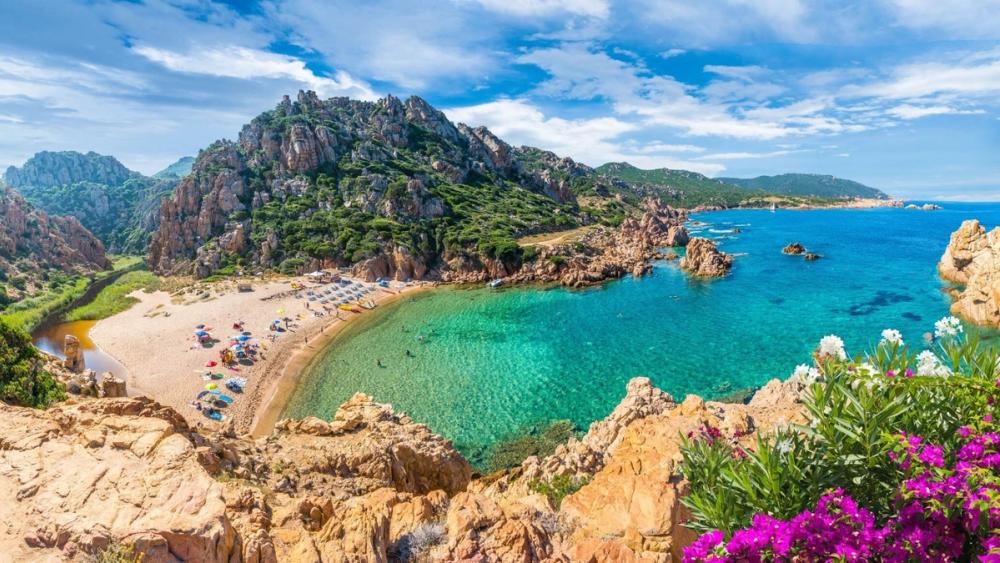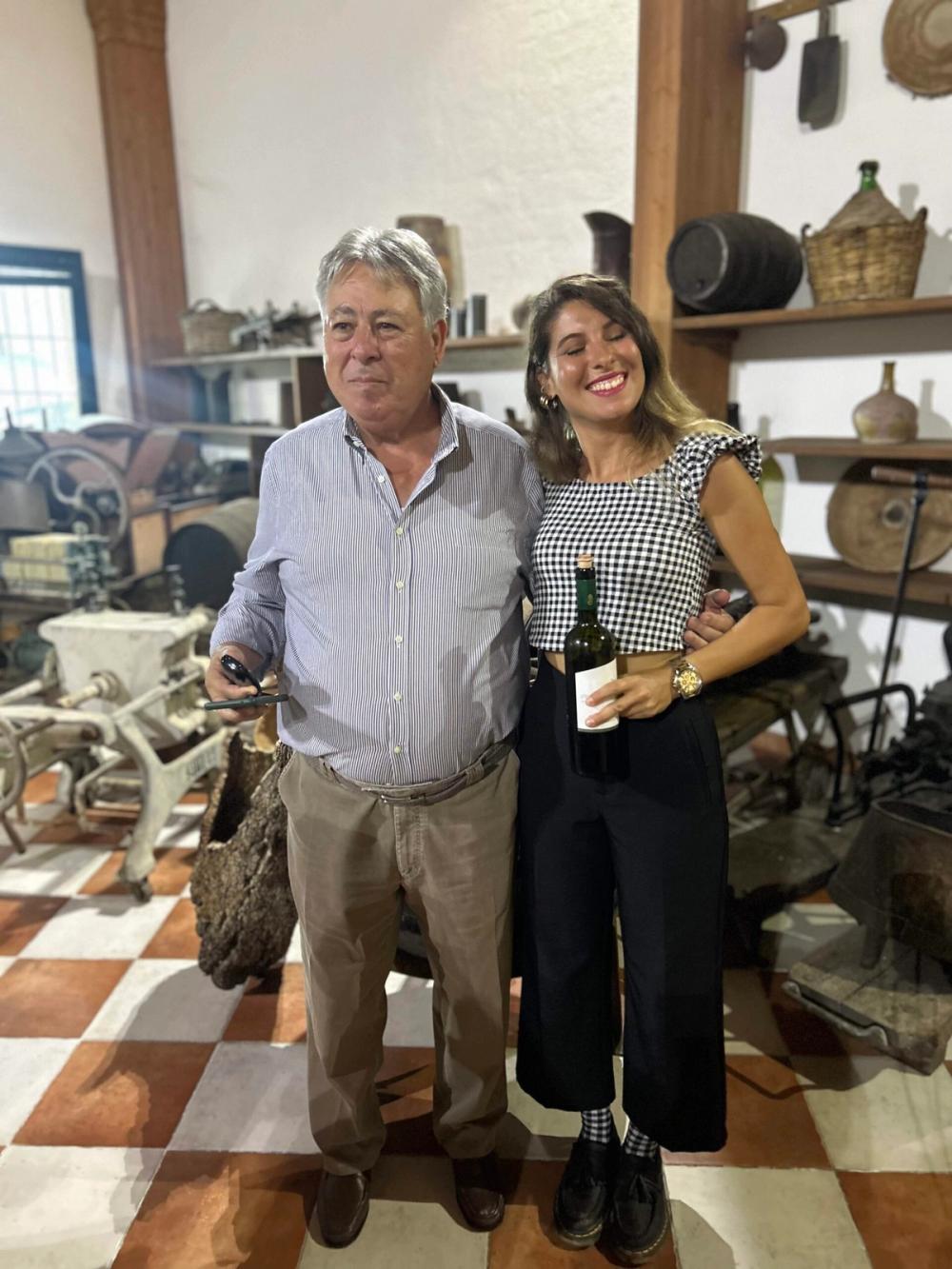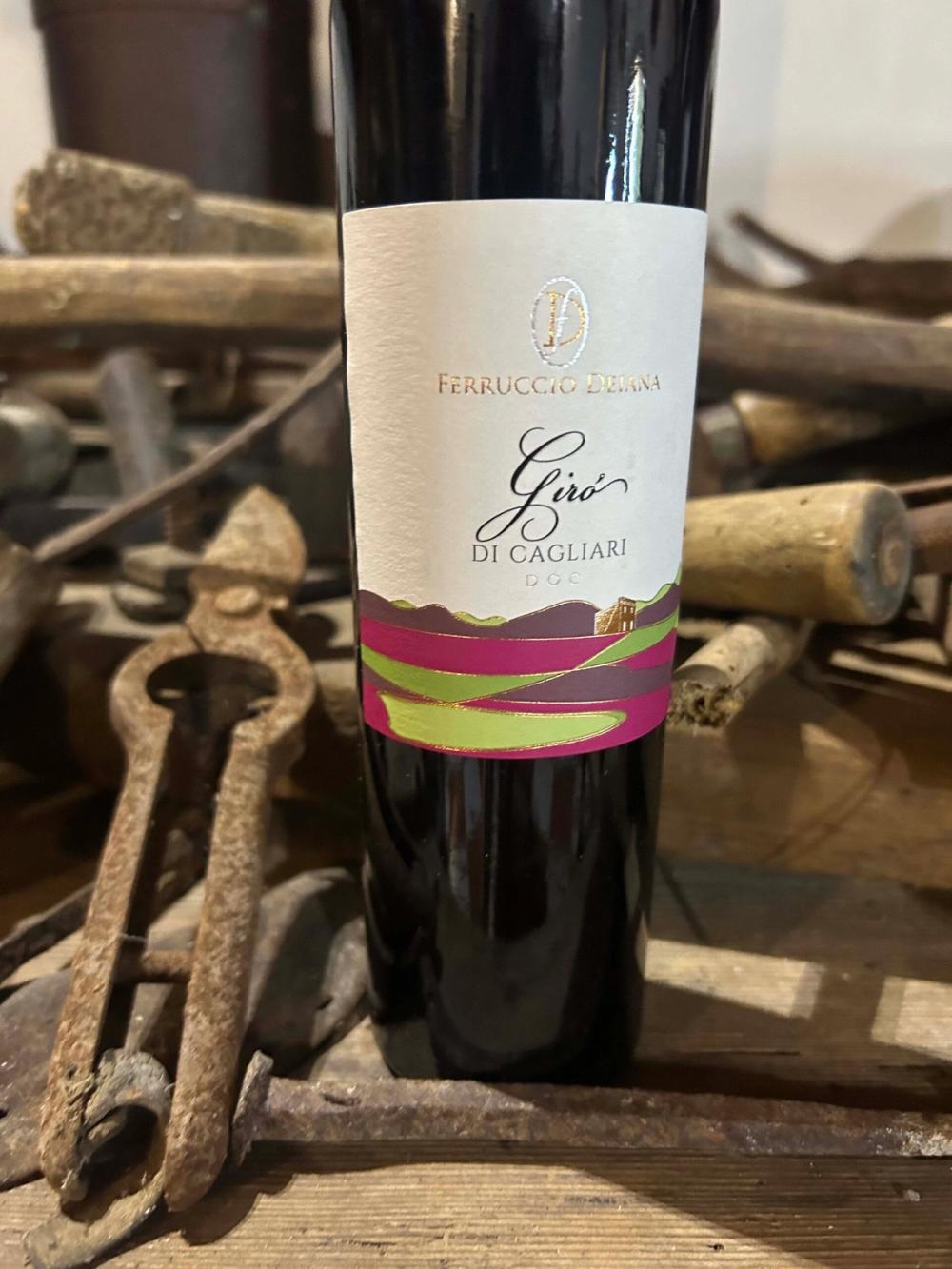Is it time for Sardinia’s Wines to step into the sun? Abbie Bennington certainly thinks so.
Travellers to Sardinia before may have been seduced by white sandy beaches and cerulean blue waters giving scant regard to the historic wine and food culture further inland. But thanks to a passionate group of wine and food producers this preconception is about to be challenged. So, with this in mind, I and a number of wine journalists were shown the sights, tastes and sounds of this historic inland setting.
‘Tasty Sardinia’ is a food and drinks collective; they hope that people will steer away from just the beach when visiting the island. Instead, they want visitors to head inland to visit the wineries, farmhouses, olive oil mills, plus the island’s very own distillery. All of which are located in the region of Parteolla in the south close to Sardinia’s capital Cagliari.

Sardinia’s glorious white beaches and blue seas attracts thousands of tourists a year
For those in the know Sardinia has become manna from heaven for gastro tourists. Wine is part of the fabric of the island and nowhere more so than the beautiful vineyard and winery of Audarya meaning “nobility of the soul”. Like many of the wineries we visited native grape varieties form an important part of their production.
Wine connoisseurs and lovers may know that Sardinia has plenty of moreish Vermentino on offer with a great salinity thanks to the nearby Meditterranean sea. However, winery Audarya lead by Salvatore and Nicoletta Pala, produces around 400,000 bottles a year from 50 hectares from vines aged on average 35 years.
Old and the new

Nicoletta Pala of the Audarya winery works with old vines dating back at least 35 years
The sister and brother team have led the charge on preserving the lesser-known grapes such as Nuragus and Monica. In this endeavour Audarya has helped bring back from the brink of extinction many native varietals. It emphasises the importance of the history and tradition of these wines whilst moving towards a more modern approach. “Tradition is important, we use integrated methods to respect the vines and to preserve the nature of the island,” saysNicoletta.
Nuragus, a white variety synonymous with the island is believed to be one of the oldest in Sardinia brought here (probably) by the Phoenicians in the twelfth century. With modern day husbandry this variety is having a ‘moment’ in the sun and can be enjoyed, still, sparkling dry or sweet or blended. Here and at other wineries in the region winegrowers are giving Nuragus a second chance, having historically been pulled from many sites back in the 1970s.
Ferruccio Deiana in the area of Parteolla is also known for its work with indigenous varietals with planting dating back to the 1990s. Started by Ferruccio ‘The Bear’ his son Dario now makes the wine. This part of Sardinia, is an area celebrated for its sweet hills and fertile valleys. Here vines, wheat and olives have been grown since antiquity.
Some of Sardinia’s forgotten varieties are being regenerated at Ferruccio Deiana’s vineyard sites spread over 130 hectares and producing 400,000 bottles a year. This includes working with Vermentino, Monica, Cannonau and the rare red Girò. A red cherry flavoured varietal which can be made to make dry, sweet and fortified wines. Probably introduced to the island by the Spanish in the fourteenth century.

The Ferruccio Deiana winery is working hard to bring back to life old indigenous varieties
Alice Carrus, hospitality manager, says: “By using native varieties we are able to promote Sardinian traditions. These varieties live well in south Sardinia which is helpful, for sure we see a change in climate but not as extreme as Northern Italy, we are still managing to have quality grapes.”
Experimenting
By experimenting with native varietals and blending together with some of the island’s iconic grapes it means it can produce winers thatare “in sync with the soil and the climate,” adds Carrus.
Argiolas is one of Sardinia’s biggest wineries, spanning some 250 hectares situated in the garden of Cagliari. Now in its third generation this family run winery has been working sustainably for more than 50 years. Producing wines from the well-known Vermentino but also Monica, Cannonau and local red variety Bovale. Vines have been grown here since the Benedictine monks in the eleventh century. But experimentation abounds with native varietals and sub irrigation which saves more than 30% water. Like many Mediterranean regions water scarcity is an issue and work is being done by many vineyards to work with rather than against nature.
Third generation winemaker Valentina Argiolas talked about the importance of nurturing indigenous varietals like the white grape Nasco describing the variety as “difficult to grow as it’s very low yielding” but it has thanks to the work of the winery been revitalised.

In fact, Argiolas has worked hard on biodiversity following research undertaken in the 1990s the winery is one of the “most forward-thinking producers on the island,” adds Argiolas. The biggest problem, unsurprisingly, for the Mediterranean destination is a lack of water so great efforts have been undertaken to offset the threat.
They are rightly proud of their red wine ‘Turriga’ which features in Italy’s top 100 wines made from around 85% Cannonau but with only 15,000 bottles produced on average a year.
Wine and olive oil go hand in glove here on this historic land but for lovers of something a little stronger, trying the local spirits produced by Myrsine, Sardinia’s only distillery is a must. Myrtle or Mirto is a shrub used in cooking and often made into a liqueur from the berries and or leaves. Some see it as similar to juniper, but here it is prized for its digestive qualities. Myrsine not only produce Mirto but a local gin ‘Su”, and a tasty Amaro too.
Combine these wines and spirits to visits to local Agrotourismos such as Baccu Cardu located in the shade of a two-thousand-year-old olive tree it would be hard not to be living the ‘dolce vita’. Here husband and wife Gianni and Tonia will woo you with wine and such delicacies as homemade fregola, cured meats, guanciale and the local pecorino.
With so much food, wine and spirits on offer inland it begs the question, maybe there is more to Sardinia than sun and sea. Chent’annos! as the Sardinians say.
































